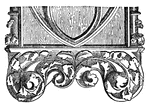Clipart tagged: ‘woodwork’
Ax
An axe, or ax, is an implement that is used to shape, split and cut wood, harvest timber, as a weapon…

Boring Angle-Brace
"An instrument consisting of a retangular crank-frame, like the carpenter's brace."-Whitney, 1902
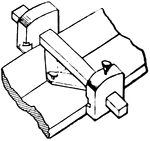
Bisecting Gauge
"Bisecting gage, a gage formed by a bar carrying two heads or cheeks connected by two arms of equal…

Lozenge Graver
"Lozenge-graver. GRAVER. A tool used for engraving; a burin; also a sculptors' chisel." -Whitney, 1911
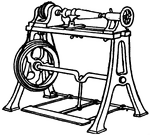
Lathe for Wood-turning
A contrivance for shaping, or 'turning', wood, metal, or ivory into forms of a circular or oval section.…

Pole Lathe
The pole lathe of 1800 is a wood turning tool that uses a pole as a return spring for the treadle (foot…
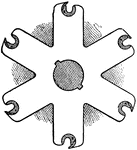
Rift Saw
"In wood-working, a saw in which the cutting-teeth are placed at the ends of radial arms instead of…
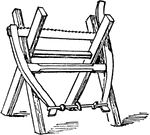
Sawhorse
A wood-saw hanging on a sawhorse, which is a legged beam to support a piece of wood while sawing.

Collection of Sewer Cross-Sections
"A conduit or canal constructed, especially in a town or city, to carry off superfluous, water, soil,…



